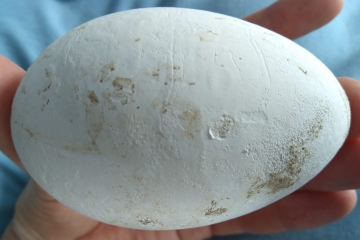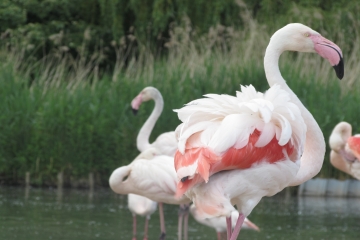Some very special birthdays
OK, so this is a bit of a contrived title as I don't really know the birthdays of the birds involved precisely, but this feels like a good time of the year to write about them. As this year, 2016, is a milestone for several flamingos at WWT Slimbridge. WWT's very first lesser flamingo chick "Hope" is now in double digits as he turns ten this summer, nine of the Andean flamingos have been here for 50 years, as they arrived in 1966, and 14 of the greater flamingos turn 60- having been imported in 1956 to arrive at WWT Slimbridge in 1961. It is testament to the care of the avics that these flamingos have been able to live out such long and fulfilled lives here at Slimbridge.
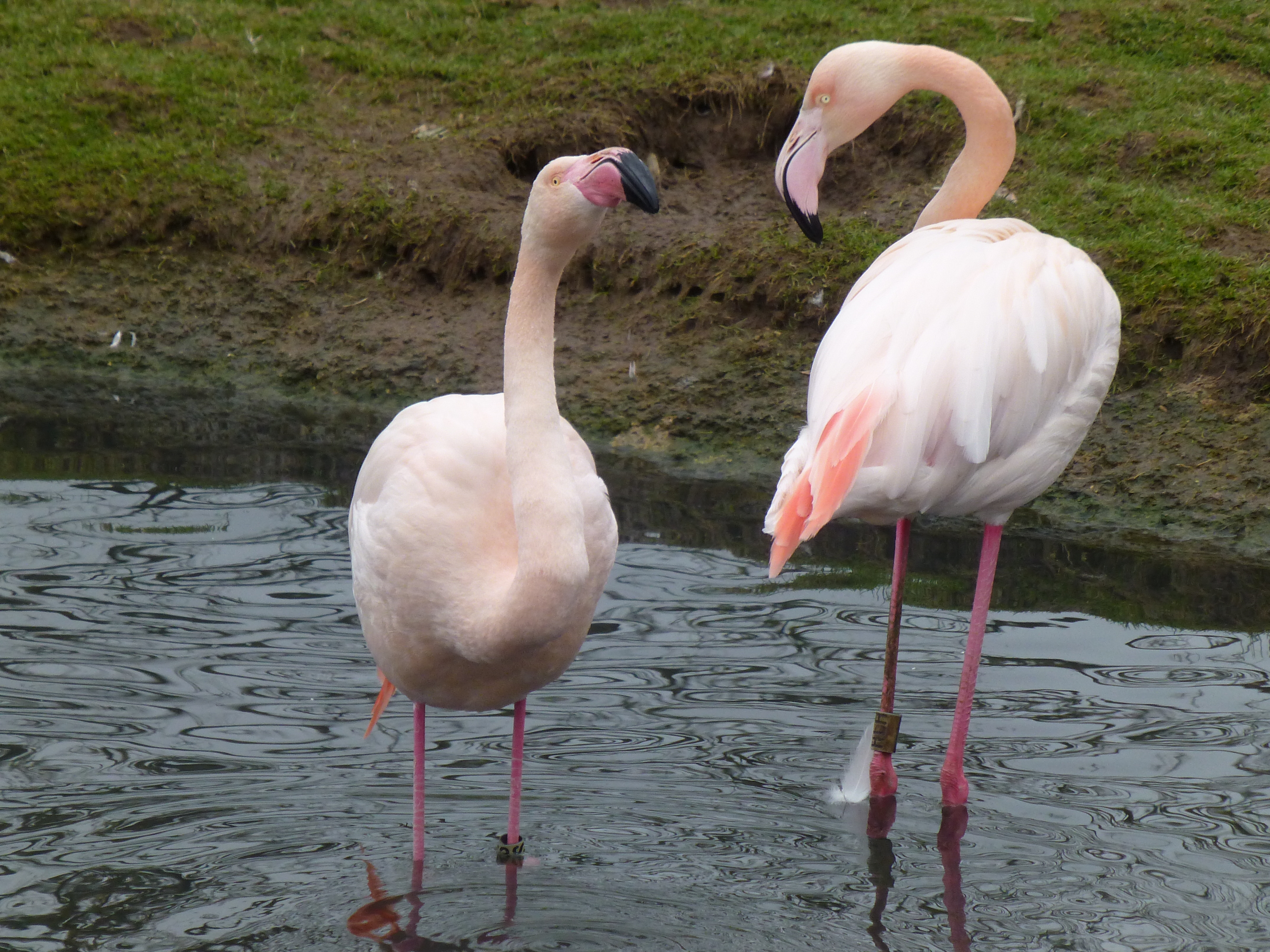 The class of 1956. Two of the 60 year old greater flamingos at WWT Slimbridge, still very much in the pink (groan!) even at this ripe old age.
The class of 1956. Two of the 60 year old greater flamingos at WWT Slimbridge, still very much in the pink (groan!) even at this ripe old age.
As a background for you, 1961 was the year that originally saw flamingos brought to WWT by Sir Peter Scott, with greater, lesser and Chilean being the first species to arrive. These were closely followed by ten Caribbeans (called the Cuban flamingo back then) in 1962 and then by the two rarest species in 1965- five Andeans and three James'. Back then it was believed that flamingos were close relatives of ducks, geese and swans; hence Peter Scott's reason for including all six forms in the collection.
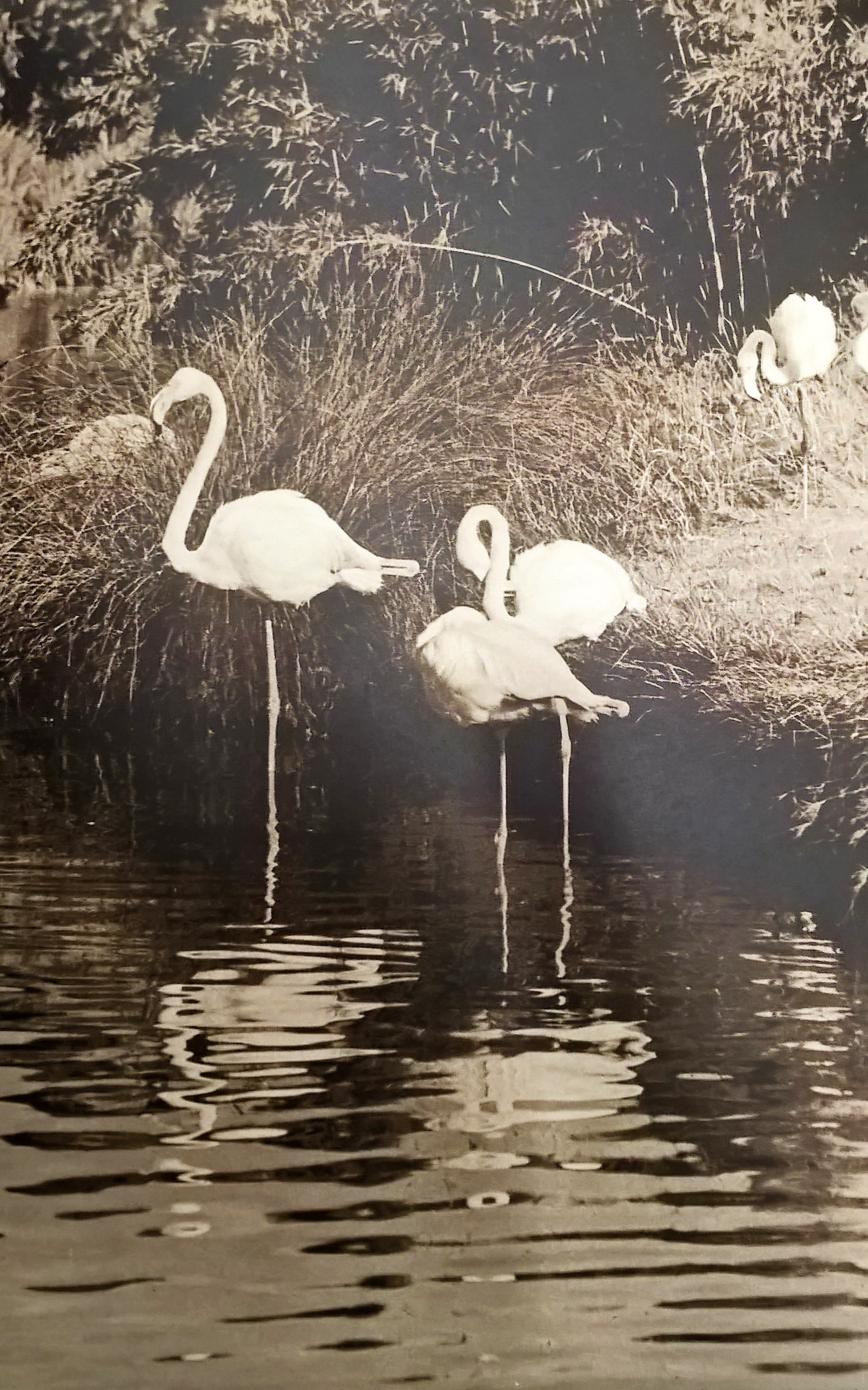 The first greater flamingos to arrive at Slimbridge. These would be the birds that were collected in 1956, and some of which are now celebrating their 60th birthdays. Copyright: WWT.
The first greater flamingos to arrive at Slimbridge. These would be the birds that were collected in 1956, and some of which are now celebrating their 60th birthdays. Copyright: WWT.
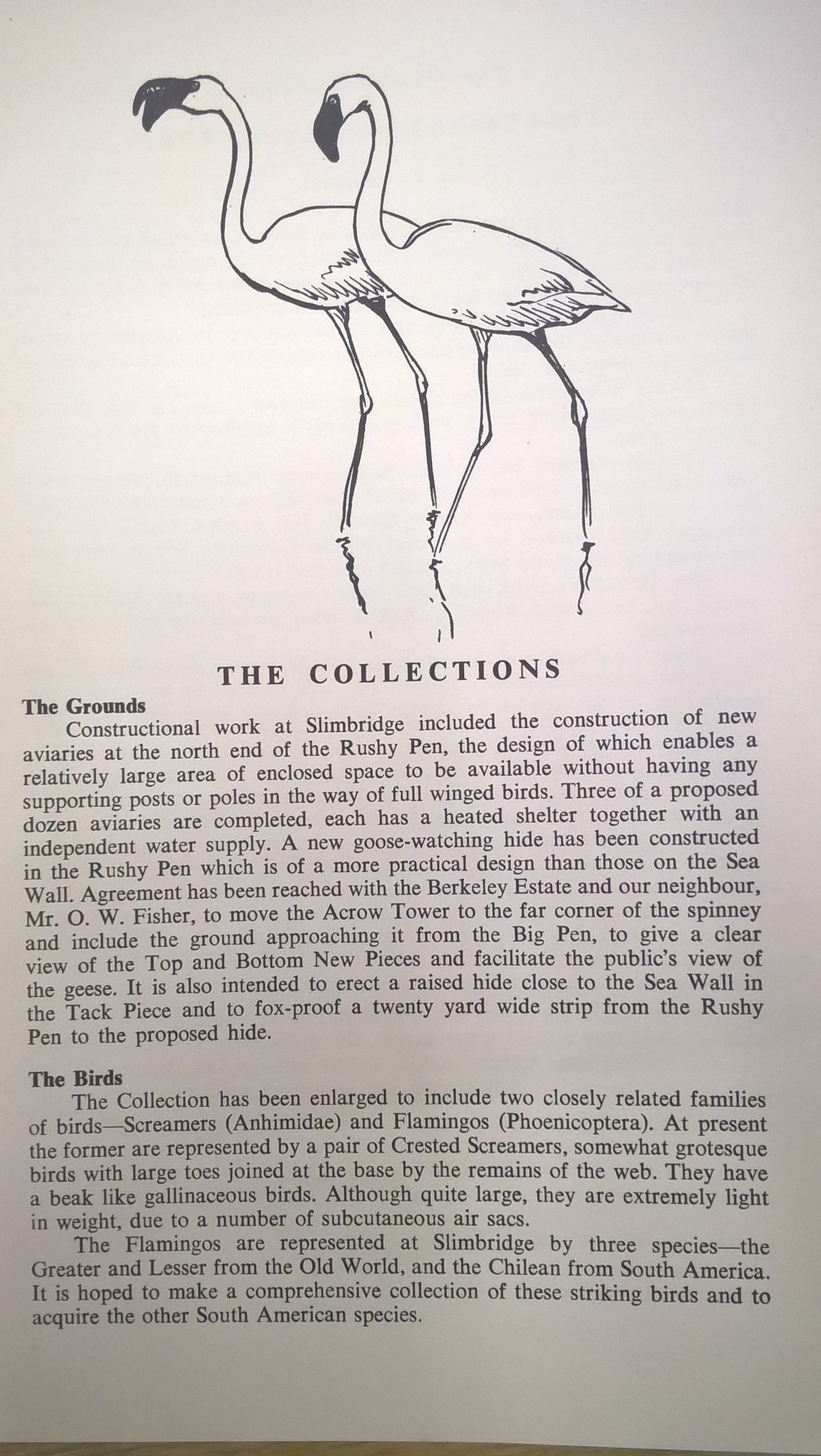 An introduction to the arrival of the first flamingos at Slimbridge, from the Wildfowl Trust Report 1961. Copyright: WWT.
An introduction to the arrival of the first flamingos at Slimbridge, from the Wildfowl Trust Report 1961. Copyright: WWT.
Again, back in the 1960s, the taxonomy (naming and classification) of the flamingos was much different than it is today. We now recognise each type of flamingo as a full species, but in the '60s, only four species existed. Andean, James' and lesser have always been considered separate species; but the greater, Chilean and Caribbean flamingo were all thought to be subspecies of each other. Soon after, Chileans were promoted from subspecies to species level, but only in 2002 were greaters and Caribbeans finally decided to be different enough to be made species in their own right.
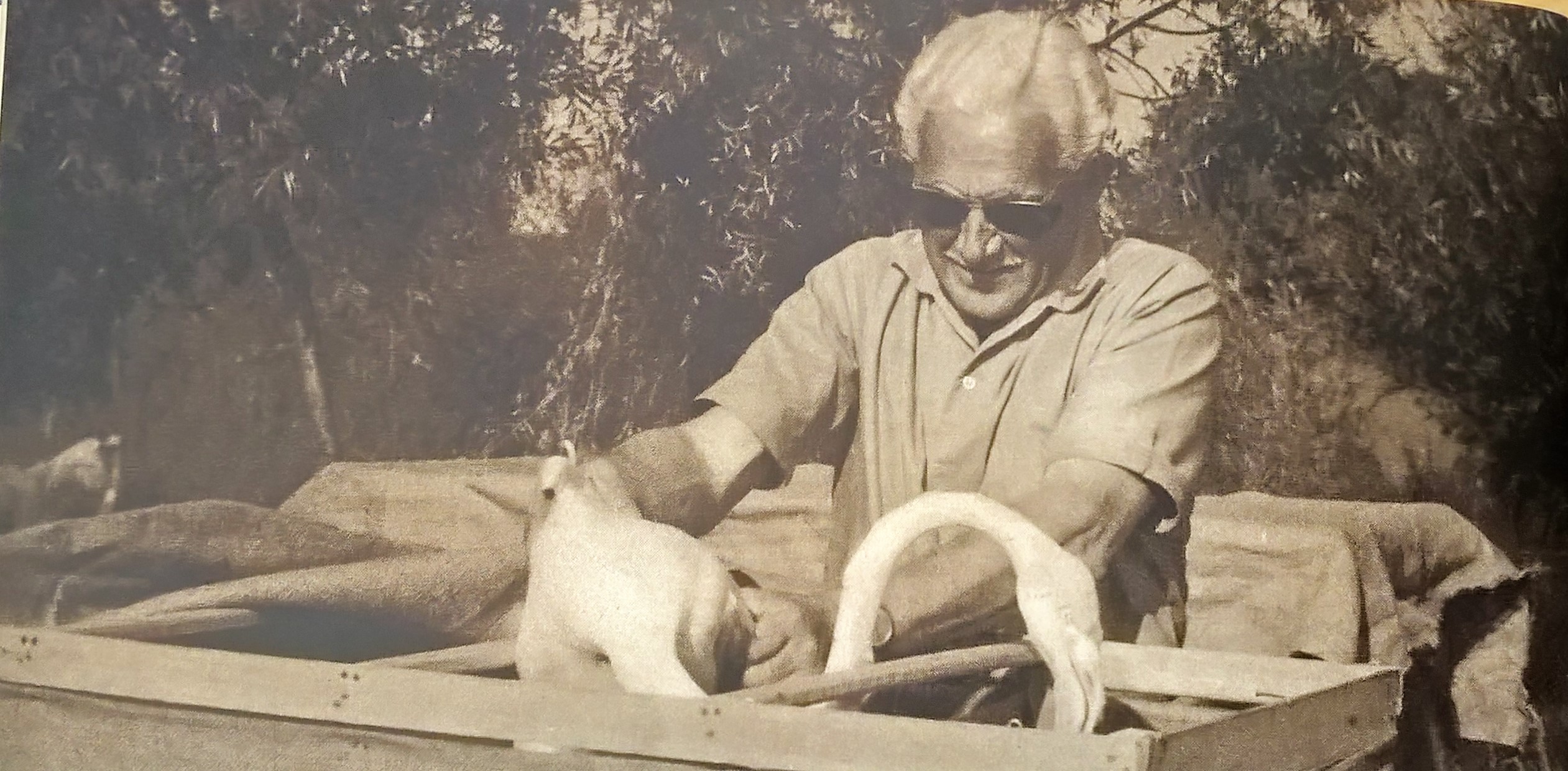 One of the first greaters to arrive at Slimbridge is gently moved into its new enclosure. Copyright: WWT.
One of the first greaters to arrive at Slimbridge is gently moved into its new enclosure. Copyright: WWT.
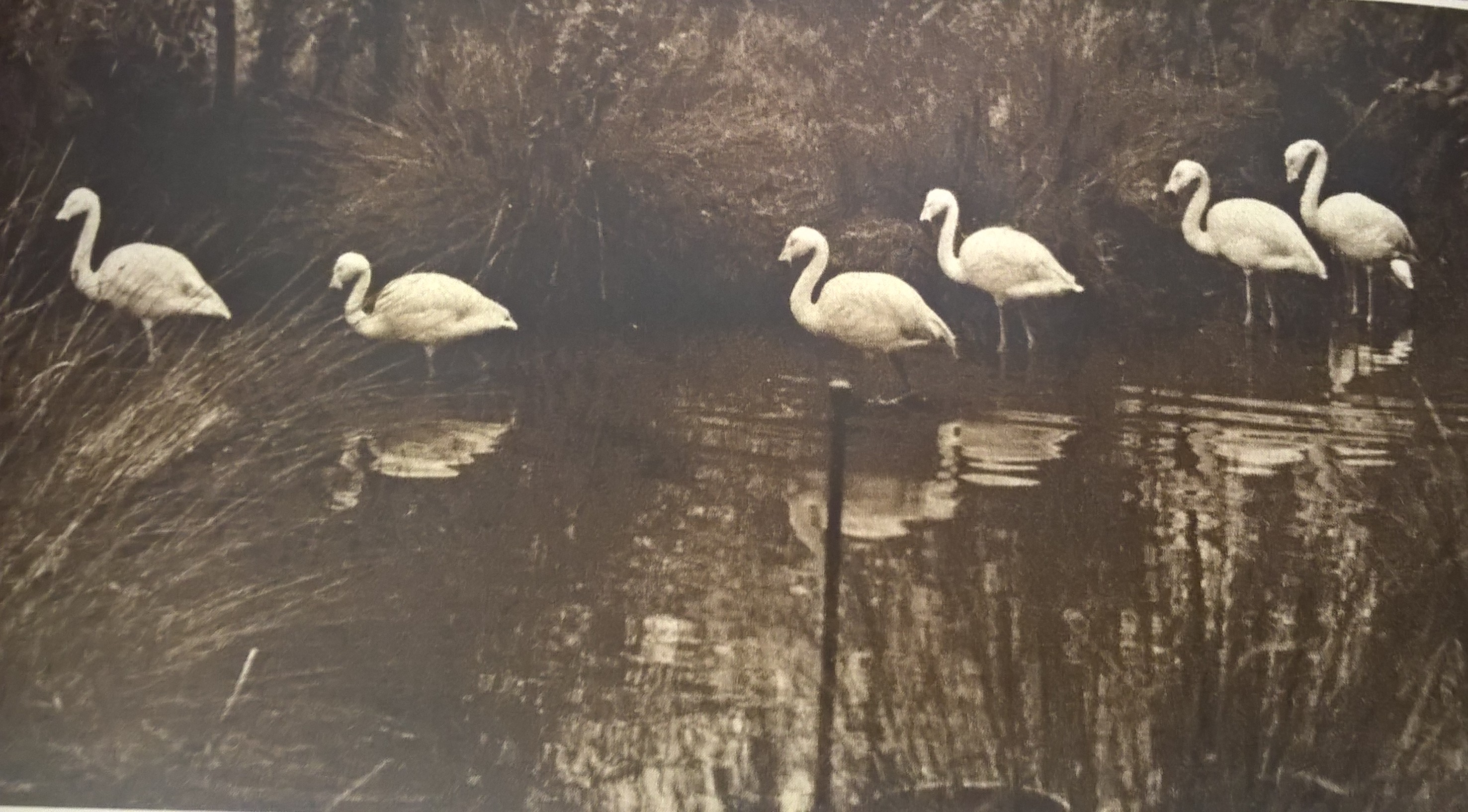 The first flock of Chilean flamingos at WWT Slimbridge in 1961. Copyright: WWT.
The first flock of Chilean flamingos at WWT Slimbridge in 1961. Copyright: WWT.
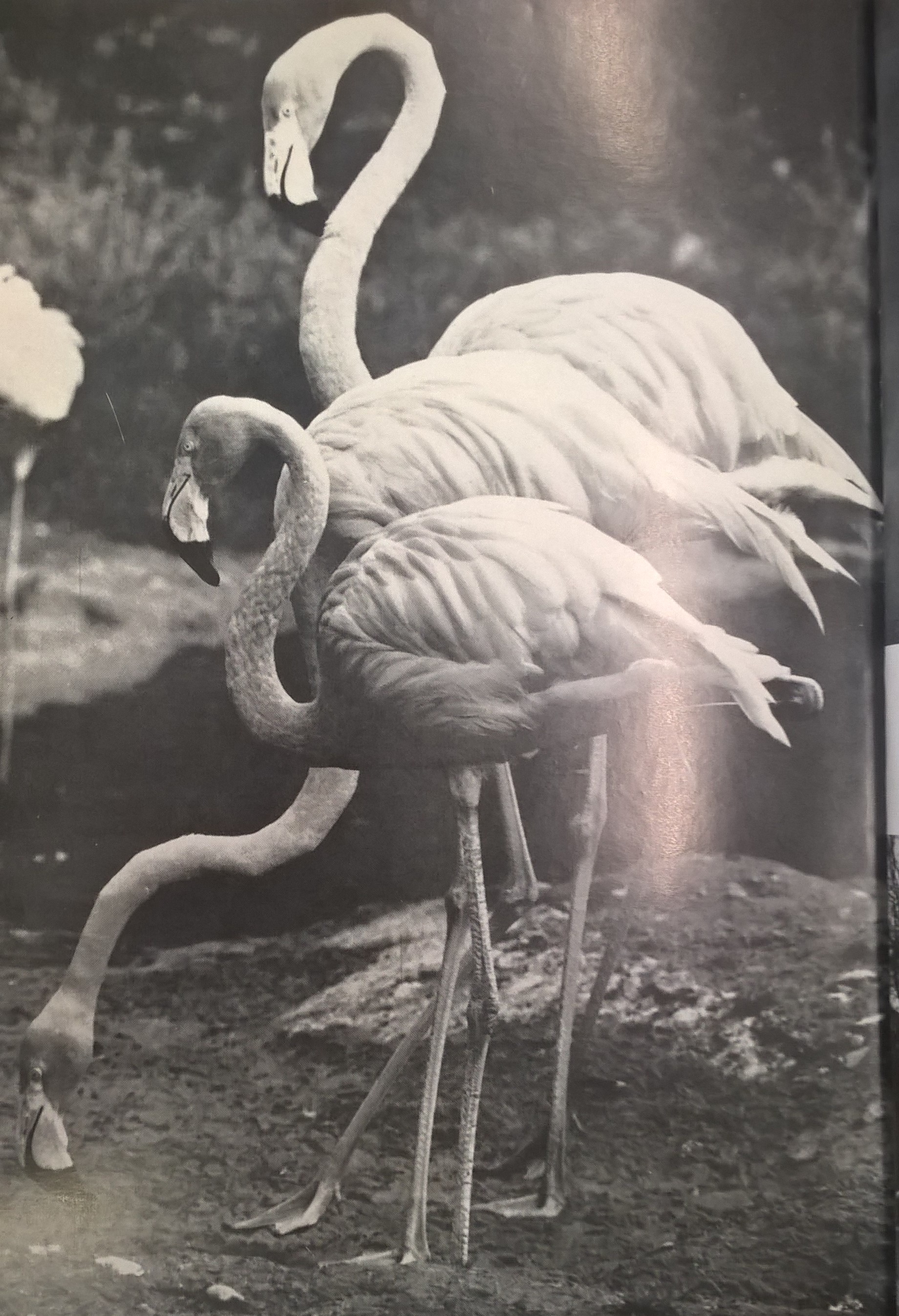 The first of a group of ten Caribbean flamingos at WWT Slimbridge. Copyright: WWT.
The first of a group of ten Caribbean flamingos at WWT Slimbridge. Copyright: WWT.
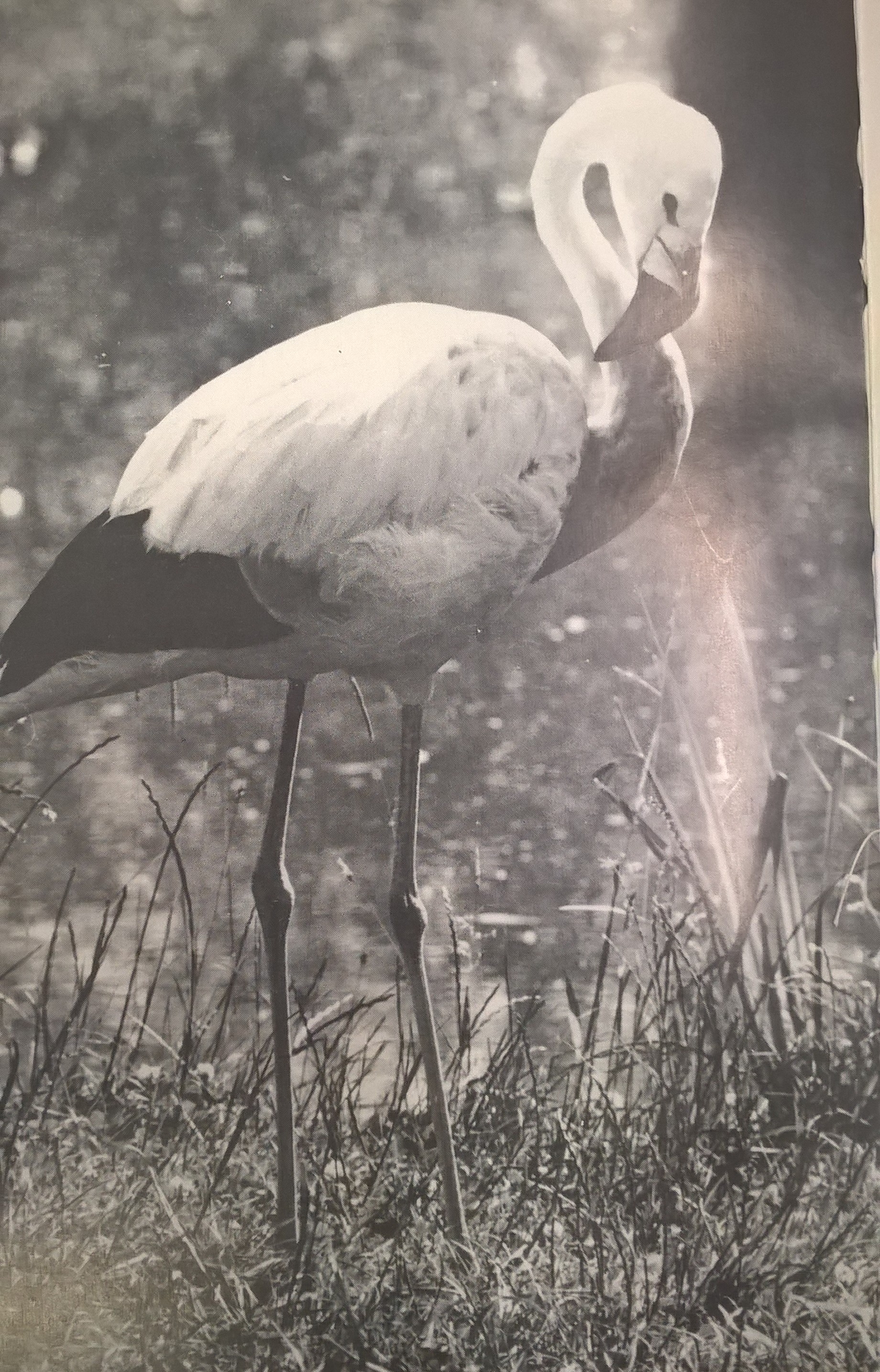 One of the first five Andean flamingos to arrive at Slimbridge in 1965. Four years later, WWT was the first place to breed the Andean flamingo in captivity. Copyright: WWT.
One of the first five Andean flamingos to arrive at Slimbridge in 1965. Four years later, WWT was the first place to breed the Andean flamingo in captivity. Copyright: WWT.
From this historic archive material, you can find a picture of the original lesser flamingos to arrive at WWT Slimbridge. It is certainly probable that a pair of these birds became the parents of the chick who celebrates his tenth birthday this July...
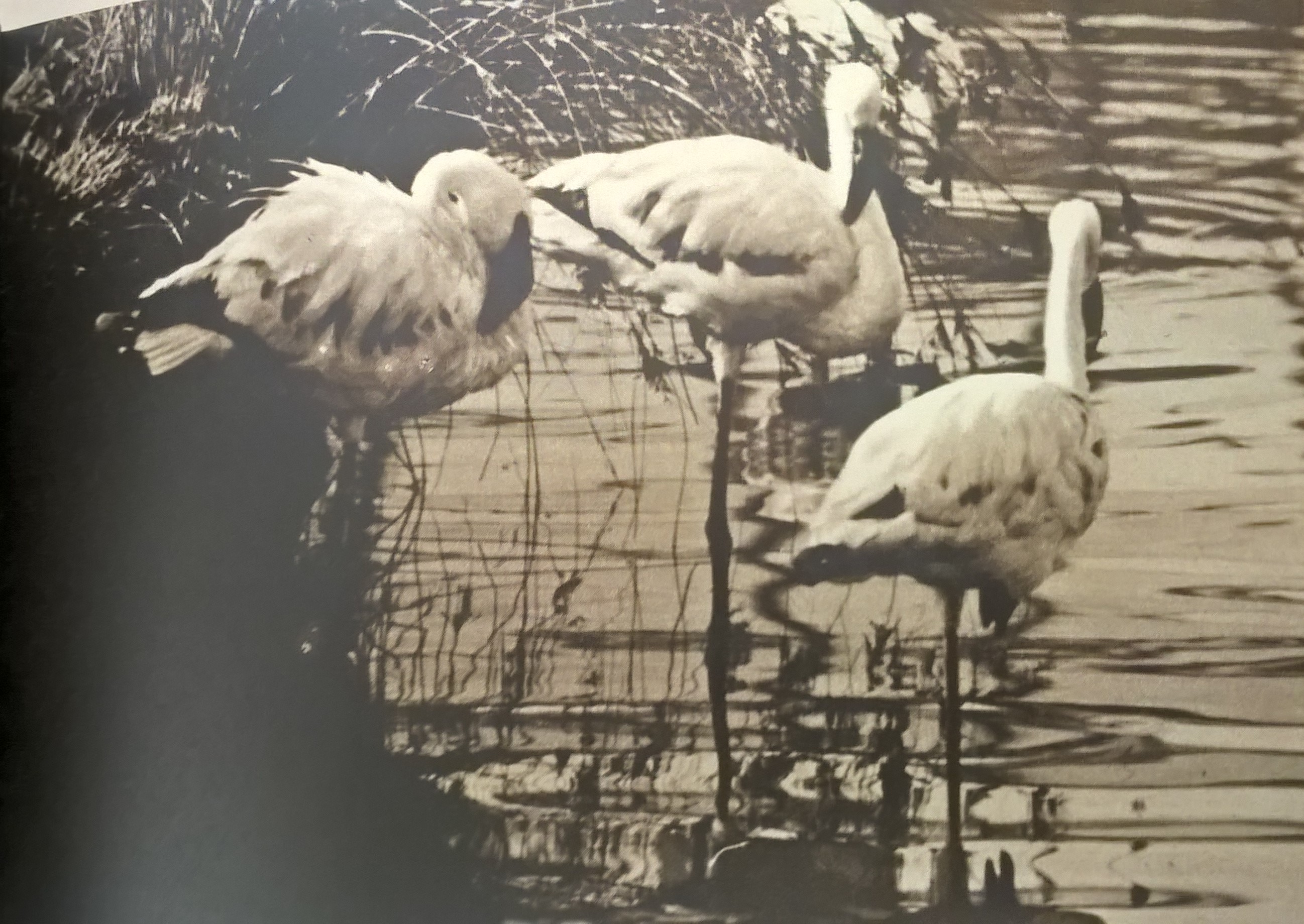 Some of the original lesser flamingos upon arrival in 1961. These birds may well still be part of the group you see today. Copyright: WWT.
Some of the original lesser flamingos upon arrival in 1961. These birds may well still be part of the group you see today. Copyright: WWT.
Lesser flamingo chick "Hope" hatched in the hot summer of 2006, on the 19th July to be precise. Originally thought to be female, but actually she grew into a big strapping boy. Hope is a cheeky but important part of this very important flock of birds. As the youngest member of the group, he has the most enthusiasm for nest building and for joining in the courtship display. Along with the five new birds that arrived in 2014, he is an integral part of getting the flock "going" when it comes to the dancing season. He also is one of the flamingos in the group that turns one of the brightest shades of pink too. In the four years that I have known this flamingo at Slimbridge, he has grown from a dark legged, rather shy juvenile that was sometimes pushed around and left out by the mature birds, into one of the shining stars of the flock. Hope is relatively easy to identify in the flock; ignoring the new birds with their coloured leg rings, his leg ring stands out as BCF (the only lesser in the flock whose leg ring does not being with "L").
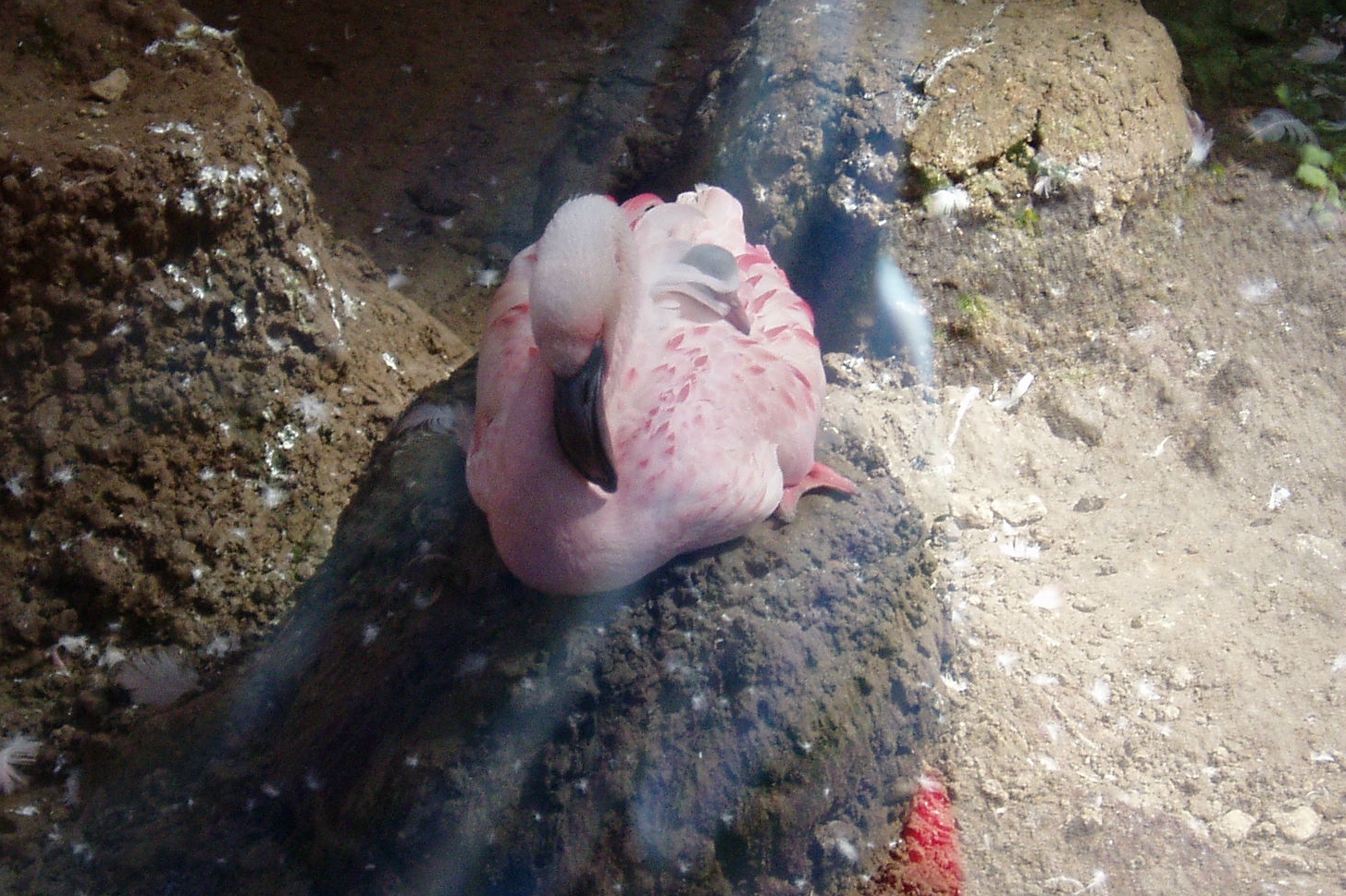 "Hope" a few days after hatching in the old lesser flamingo house. July 2006.
"Hope" a few days after hatching in the old lesser flamingo house. July 2006.
The fifty-year-old Andean flamingos are birds with ring codes JBA, JBS, JBL, JAY, JBT, JAE, JBC, JBF and JAZ. I have put them in bold so you can pick them out in my explanation here. They are all individual characters with their choice social preferences. JBL, JBF and JBA are quiet birds- JBA especially, who is often seen alone and I think right at the bottom of the pecking order. Sadly, JBF was good friends with two birds that have since died, JBB and JAD, so it will be interesting to see which other flamingos she strikes up relationships with. JBL can sometimes be seen with JAF, but he is an especially beligerent flamingo who I don't always think is appreciative of the company. JBT has a fairly strong friendship with JBU but will also be quite the "social butterfly" across the whole flock. Unlike JBS who is well-bonded to JBH, two birds that are regularly seen off doing their own thing; the same as JAY who is stuck like glue to JAU. JAE is chums with JAC and JAA, and JBC loves JAK. Finally, JAZ is similar to JBA- a quiet bird that does not have a central role in the flock, but slightly more social that JBA. JAZ is often found near the JAE trio, or trying to mix with JAU and JAY. Interestingly, aside from JBT, all of these 50 year old birds are female.
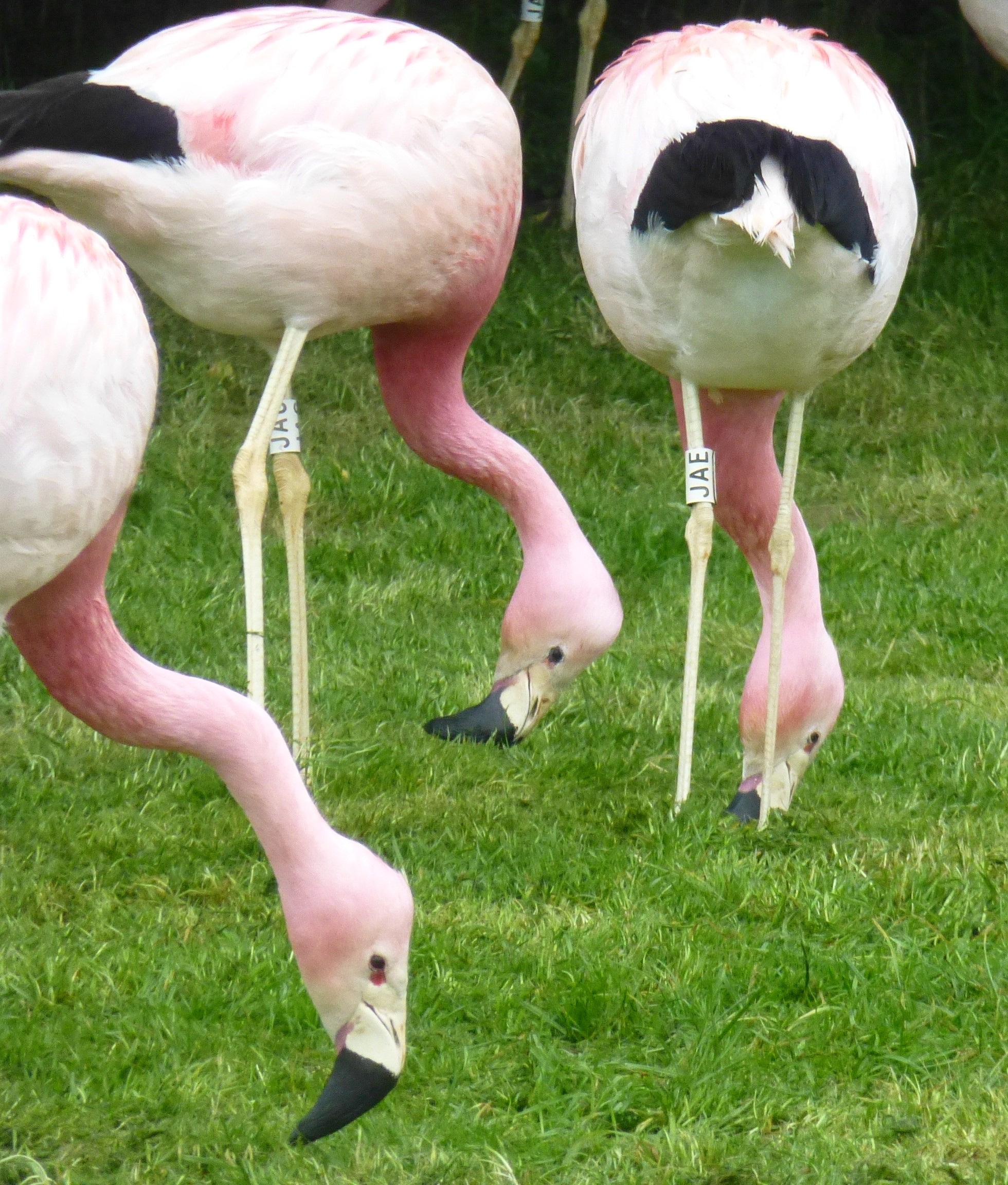 JAE with long-term friend JAC.
JAE with long-term friend JAC.
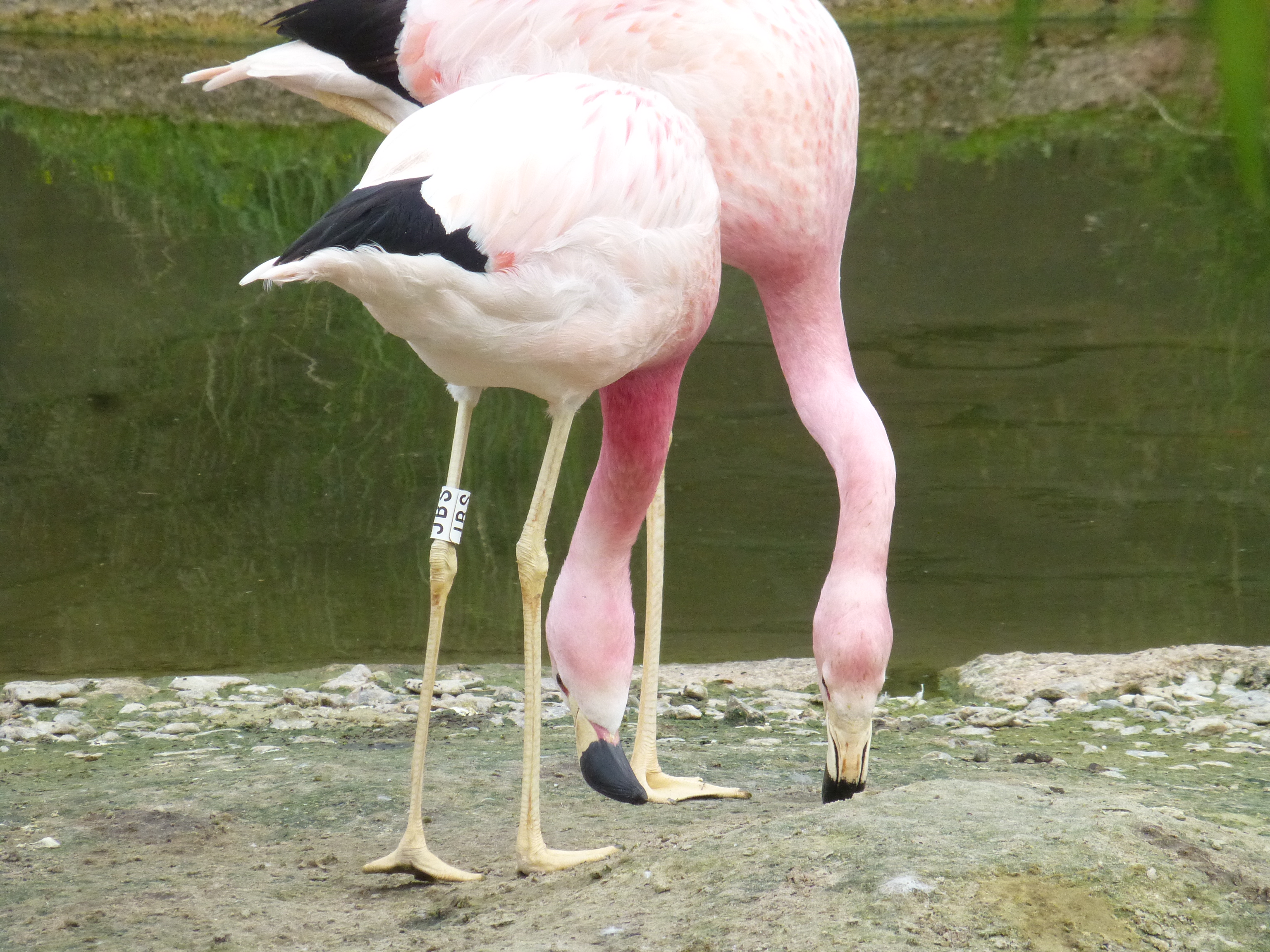 Birthday girl JBS with "boyfriend" JBH.
Birthday girl JBS with "boyfriend" JBH.
The oldest greaters to look out for are GPS, ACT, HDJ, HBY, HPL, HLJ, HPI, HDU, LAV, NAJ, HSB, GPC, HLS, HLH, NAI, GDD, LBF, HBP, GNA and ATC. They can be somewhere swallowed up in the big flock but if you look around feeding time, when the birds congregate around their food bowls, you should be able to pick some out. The easiest bird to spot is HLS, who has a bumpy ankle on one leg if you want a reference point for picking out one of these older birds. This bump is nothing to worry about and doesn't cause the flamingo any distress. These older greater flamingos still play an important role in the flock; some of them turn the brightest shades of pink during courtship and others get involved in nesting. As we know that greater flamingos can live into their eighties, these birds may well have another twenty plus years left to frolic around the grounds at Slimbridge...
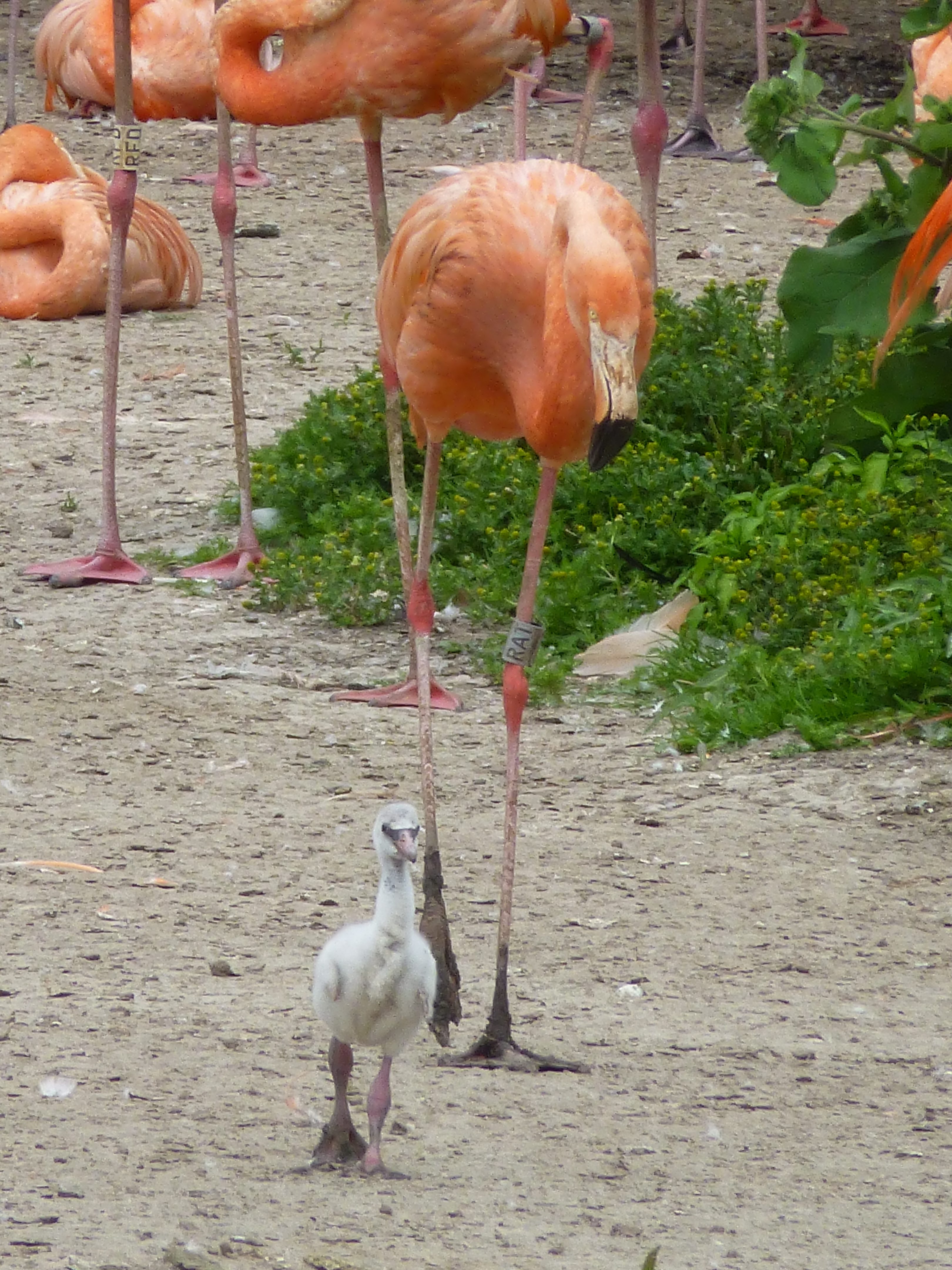 The new arrivals of 2016. Perhaps someone will be writing about this chick's life as a veteran of WWT in 2076...?
The new arrivals of 2016. Perhaps someone will be writing about this chick's life as a veteran of WWT in 2076...?
I think it is very special that these original pioneer flamingos are still alive and well at WWT Slimbridge. And I also love the fact that the flamingos that I was taken to see when I was little are now part of my own work. These original animals that got me interested in animal behaviour when I was growing up. So it's a flamtastic happy birthday for all of these super special birds. Well all of the flamingos are special but perhaps for this month it's OK to have a few extra special ones!

